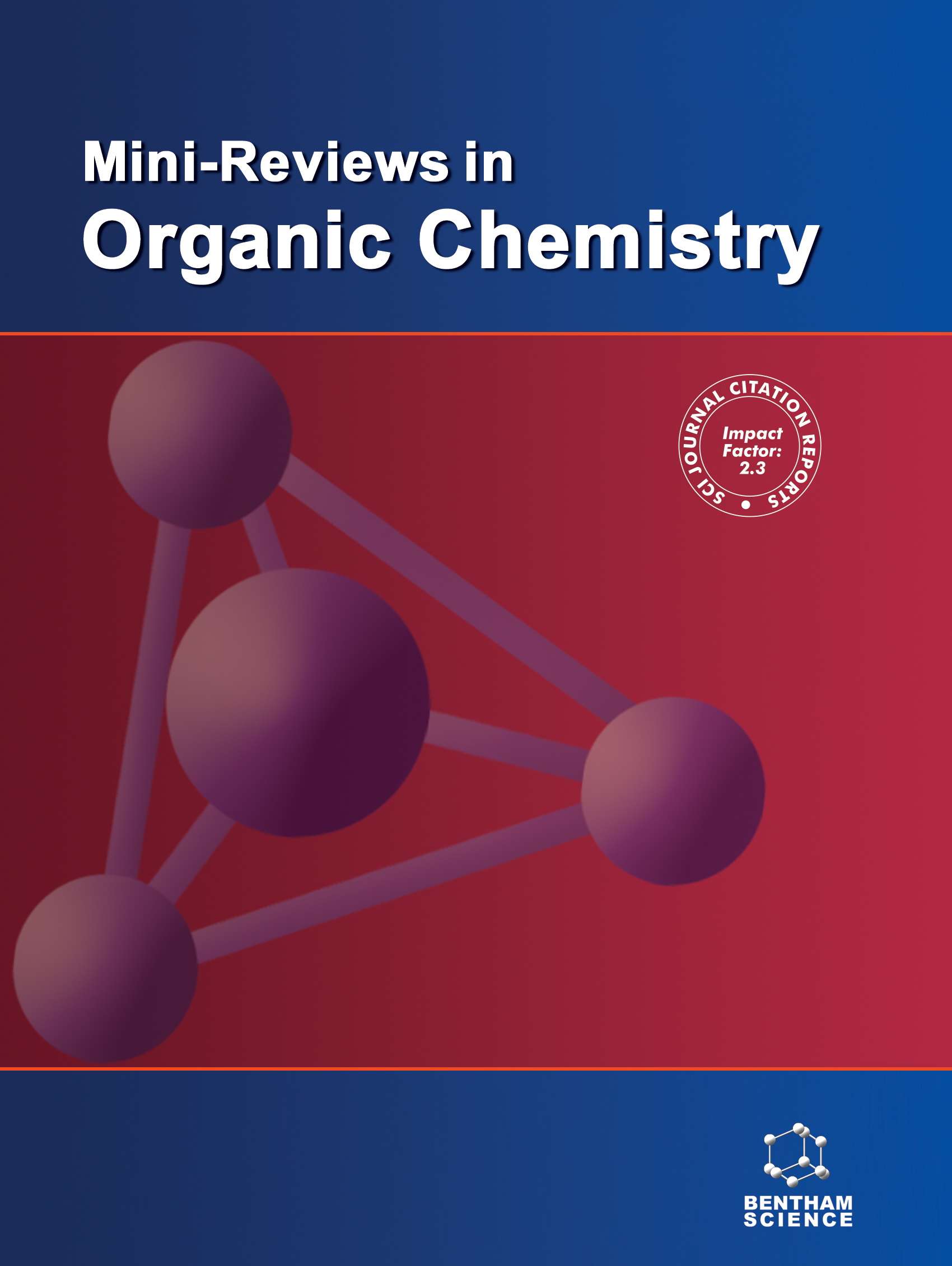
Full text loading...

The genus Ranunculus, a member of the family Ranunculaceae, is widely distributed across regions such as India, China, Nepal, Pakistan, and Russia. These plants hold significant value in traditional medicine and folklore, having been used to treat a variety of ailments, including malaria, rheumatism, asthma, cardiovascular conditions, liver and gallbladder disorders, snake bites, and even cancer. Notably, numerous bioactive compounds such as flavonoids, triterpenes, saponins, alkaloids, and fatty acids have been isolated from this genus and investigated for their diverse pharmacological properties, including antioxidant, antitubercular, antimalarial, and immunomodulatory effects. This review aims to provide a comprehensive overview of the phytochemistry and pharmacological potential of Ranunculus species, highlighting their traditional medicinal uses. A distinctive feature of this work is its thorough compilation of phytochemical investigations across various Ranunculus species, along with a detailed account of the biological activities exhibited by their extracts and phytoconstituents.

Article metrics loading...

Full text loading...
References


Data & Media loading...